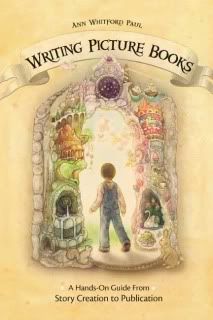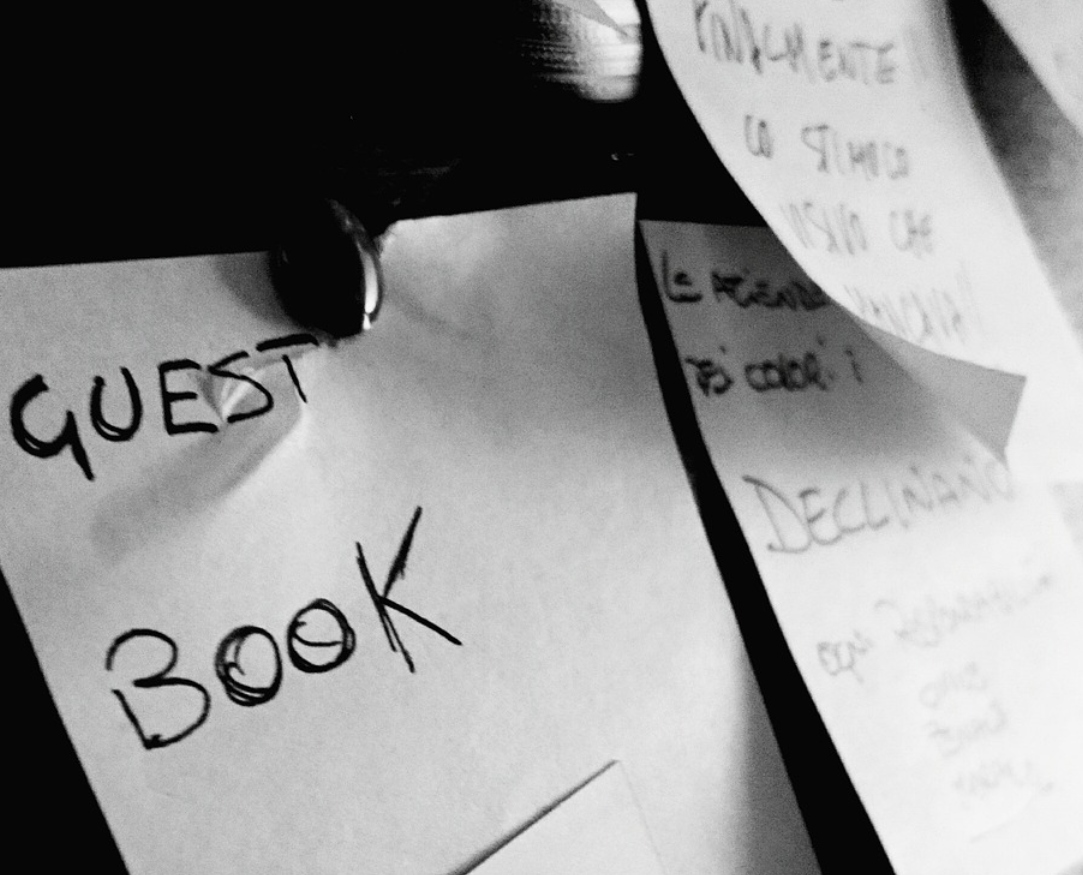Every Word Counts: Writing for Children
By Guest | July 21, 2009 |
 Note: Today’s guest blogger is children’s book author Ann Whitford Paul, whose works have appeared on The New York Times Notable Books List, and won awards such as the Carl Sandburg Award for Children’s Literature, and the National Parenting Centers “Seal of Approval.” Welcome, Ann!
Note: Today’s guest blogger is children’s book author Ann Whitford Paul, whose works have appeared on The New York Times Notable Books List, and won awards such as the Carl Sandburg Award for Children’s Literature, and the National Parenting Centers “Seal of Approval.” Welcome, Ann!
Every Word Counts
One often hears this phrase “every word counts” in relation to picture books, but without an explanation as to why.
First of all picture books are short and a jarring word stands out like a tomato plant in a rose garden. It calls attention to itself like a baby’s screams. While a wrong word in a novel is buried under an avalanche of words and is barely noticed, a wrong word in GOOD NIGHT MOON with its total of 130 words has nowhere to hide.
Secondly picture books are for children who are new to story. Stories must be simple enough for them to follow. That’s why our stories are focused. Instead of writing about winter, we write about one aspect of winter . . . making a snowman, or ice skating, or a blizzard, or snowflakes, etc.
That’s also why we delete anything that doesn’t relate to the story problem. If we’re writing about a girl walking to the store for the first time all by herself, it’s irrelevant for her to remember the chocolate cake she wants for her next birthday.
In addition we keep the number of characters to a minimum. If a character doesn’t participate in the story, we delete her–or as a former teacher Terry Dunahoo advised, “Kill her!”
Another point is that our child audience is only developing its attention skills. Anyone who has ever read to a pre-school girl or boy knows this. Obviously we want our children to hear the entire book. That’s why we introduce them first to simple board books with just a word or a sentence per page. As they grow, our books for them grow.
And what child doesn’t want to hear a book read over and over and over again? Be kind to the adult reader and keep your book tight so the second and third times will still be enjoyable.
Speaking of the adult reader and the child listener, this double audience is a unique characteristic of picture books. Writers must capture the interest of both or their books will sit unread on the shelf. There were often books my children loved and I hated, or vice versa. Some I even stooped to hiding under my bed so I wouldn’t have to share them ever again. No writer wants that to happen to her book.
How can it be avoided?
Make sure your story is not just an incident, but that it does double duty by either exploring an issue or adding more depth or information.
Let me give you an example from my own writing. Recently I published a book titled TORTUGA IN TROUBLE which is part of a series of books that introduce a few Spanish words to children. A fine goal, I think, but one could write a simple dictionary and accomplish that goal.
However, I wanted to do something more. I wanted to tell a story that will pull them in and introduce the Spanish words in a way that doesn’t feel educational. So I took the story of Little Red Riding Hood and rewrote it in a desert setting. The story itself explores the question of should one be wary of strangers?
Now both adults and children will enjoy a variation on an old classic AND learn a few Spanish words in the process. What I’ve done is added something extra—something that will appeal to both. Perhaps the adults will be more interested in the Spanish element, perhaps the children in the story, but they will come away with something.
Anyone who wants to write picture books will have more chance of success if their text is brief and appeals to readers from age one to one hundred. Unfortunately we don’t have the space to explore these issues here more. I hope you’ll check out my new book, WRITING PICTURE BOOKS: A Hands-On Guide from Story Creation to Publication, where you’ll find lots of information on how to do both.
Have you ever considered writing a book for children?
Thanks so much for the post, Ann! Readers, you can find Ann’s book, WRITING PICTURE BOOKS: A Hands-On Guide from Story Creation to Publication, at online sites and brick-and-mortar bookshops nationwide.










Yes! I believe anyone with children has thought about it–even if just briefly. I have two that have made the rounds of going out, coming back. Sadly, no interest. Recently an experience my son had gave me the idea for another.
Oh, yeah. Last year, I wrote 8 picture book stories, featuring a green bottle fly. I love my characters, but I couldn’t sell the stories if my life depended on it. I shared the stories with children of various ages and they loved them, BUT it’s the adults who buy the books, adults who are looking for a particular type of magic, adults who decide the illustrator.
Writing picture books is hard because the illustrations are half the battle. I typed out the stories of five published picture books to get a feel for the pattern and pacing of the work.
Some of the text just doesn’t make sense without the pictures to aid the story.
Salable picture books are hard. I’d still like to sell my books, but I think they are simply a learning process.
Writing PBs is an art unto itself. I started out writing children’s PB manuscripts a decade or so ago, and I did have a close call with two publishers, but it just wasn’t meant. Lots of great lessons, though, including exactly what you’ve blogged about here, Ann — choosing words that will both appeal to adults and be understood by children.
Thanks for being here and for a valuable post.
PB is a tough genre to crack, but Ann’s words of wisdom is helpful in figuring out how to crack that market. All writing is hard, but chosing the right 150 words for both children and adults would make me break out in hives.
Thank you, Ann, for this post! I think your statement about how a PB should appeal to BOTH the adult reader and the child listener is so true. I really hadn’t thought about it that way before, but then again, I’ve never considered writing PBs.
I have a design company and have done illustrations for a series of young reader books on horses. The illustrations were supplementary to the text. But with PBs the illustrations are as important as the text, if not more so sometimes. It’s hard to wrap my mind around writing so few words and having someone step in and illustrate it. To me, it’s the chicken or the egg question. Coming from both an illustrator and writer standpoint, if I were to write a picture book, I’d probably create the illustrations first. But I know that’s not how it’s done. I guess it’s more complicated than I thought! Thanks so much for sharing your insight.
Very valid point about the PB needing to interest both the reading adult and the child. Examples where this is achieved brilliantly are The Gruffalo by Julia Donaldson and Axel Scheffler, and its sequel The Gruffalo’s Child. Apart from the evocative pictures (this writer and illustrator often work together) the text can be read as a straightforward story or, by the slightly older child and the reading adult, a much trickier one. It’s also an example of the importance of rhythm in read-aloud books.
I think ideally text and illustrations would be developed side by side. But in reality that can’t always be achieved.
Just to play off what Juliet said in comments about text and illustrations being developed side by side…
Many suggest storyboarding a PB manuscript. It’s a helpful exercise regardless of artistic talent, to make sure you have a variety of illustration possibilities in your narrative. It can also reveal uneven narrative–where you have a block of text on one page and a single sentence on another, that sort of thing.
[…] http://www.staging-writerunboxed.kinsta.cloud/2009/07/21/every-word-counts-writing-for-children/ […]